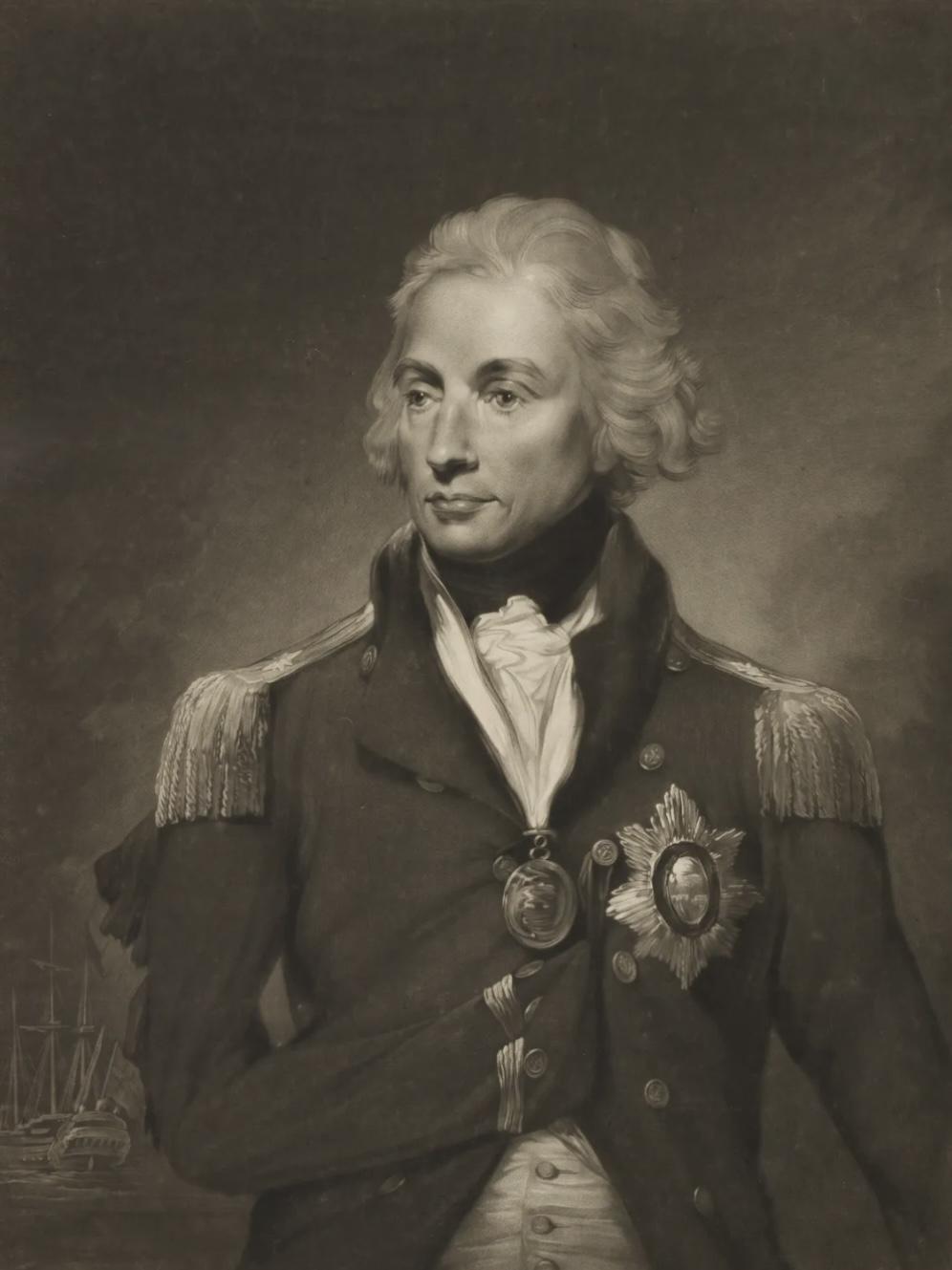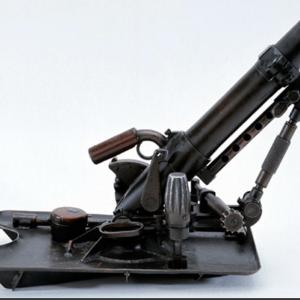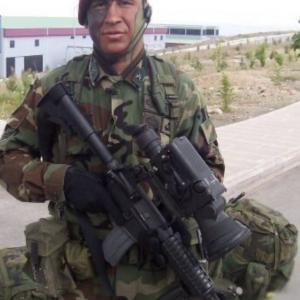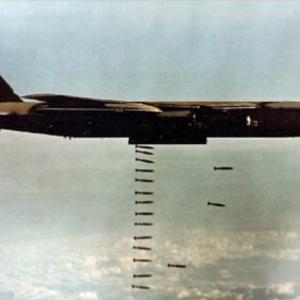
Admiral Nelson
Horatio Nelson was born on September 29, 1758, in the small village of Burnham Thorpe in Norfolk, England. He was the sixth of eleven children born to Reverend Edmund Nelson and his wife, Catherine. The family was not wealthy, but they were respectable and had strong ties within the Church of England. Catherine died when Horatio was just nine years old, a loss that deeply affected him. His father, a quiet and thoughtful man, raised the children with a firm sense of duty, faith, and service.
From a young age, Horatio was drawn to the sea, a passion encouraged by his maternal uncle, Captain Maurice Suckling, a serving officer in the Royal Navy. At only twelve years old, he joined the Navy under his uncle’s guidance. His first voyage was aboard HMS Raisonnable in 1771. Though frequently ill and small in stature, he showed remarkable resolve and determination, quickly earning a reputation for bravery and hard work.
In the years that followed, he gained extensive experience in the Arctic, West Indies, and East Indies. He passed his lieutenant’s exam in 1777 at the age of 18, and his promotion through the ranks was swift. By 1779, he was commanding his own ship, HMS Hinchinbrook. His early career was marked by bold leadership and a keen tactical sense, which would become defining traits throughout his service. Never one to shy away from risk, he led by example, often putting himself in harm’s way to achieve his objectives.
His understanding of naval warfare deepened through firsthand experience and careful study. He trusted instinct and initiative, often favoring decisive action over convention. During an assault on the Spanish port of Santa Cruz de Tenerife in 1797, he lost the sight in one eye. Though the mission failed, his personal bravery further enhanced his reputation with both his men and his superiors.
His fame rose dramatically after the Battle of the Nile in 1798, when he outmaneuvered a French fleet anchored in Aboukir Bay. The victory crippled Napoleon’s ambitions in the East and made him a national hero. His tactical brilliance and ability to inspire loyalty became widely admired, both in Britain and abroad. As recognition for his achievements, he received numerous medals and honors. These included the Order of the Bath (Knight Commander, and later Knight Grand Cross), the Order of the Crescent from the Ottoman Empire, and various campaign medals such as the Naval Gold Medal, awarded for his victories at Cape St. Vincent, the Nile, and Trafalgar. He also received the Freedom of the City of Londonand was made a Baron and later Viscount Nelson of the Nile and of Burnham Thorpe.
That brilliance reached its height in 1805 at the Battle of Trafalgar. Facing a larger combined French and Spanish fleet, he abandoned conventional tactics. Instead of engaging in parallel formation, he split his fleet into two columns and drove them directly at the enemy line, breaking it apart. The result was a crushing British victory. Tragically, he was struck by a French sniper during the battle and died hours later aboard HMS Victory. His final words were, “Thank God I have done my duty.”
His death shocked the nation. He had become more than a commander; he symbolized British resolve and maritime supremacy. His body was preserved in a cask of brandy and returned to England, where he was honored with a state funeral at St. Paul’s Cathedral. Thousands mourned as he was laid to rest, and monuments soon rose in his memory, most famously in Trafalgar Square.
His personal life was complicated. He married Frances “Fanny” Nisbet in 1787 while serving in the Caribbean, but their relationship later became strained. In his later years, he shared a deep, controversial bond with Emma Hamilton, wife of the British ambassador to Naples. Together they had a daughter, Horatia, whom he never formally acknowledged, though he made provisions for both mother and child in his will. After his death, Fanny lived quietly. Emma fell into poverty and died in obscurity, while Horatia married and raised a family.










